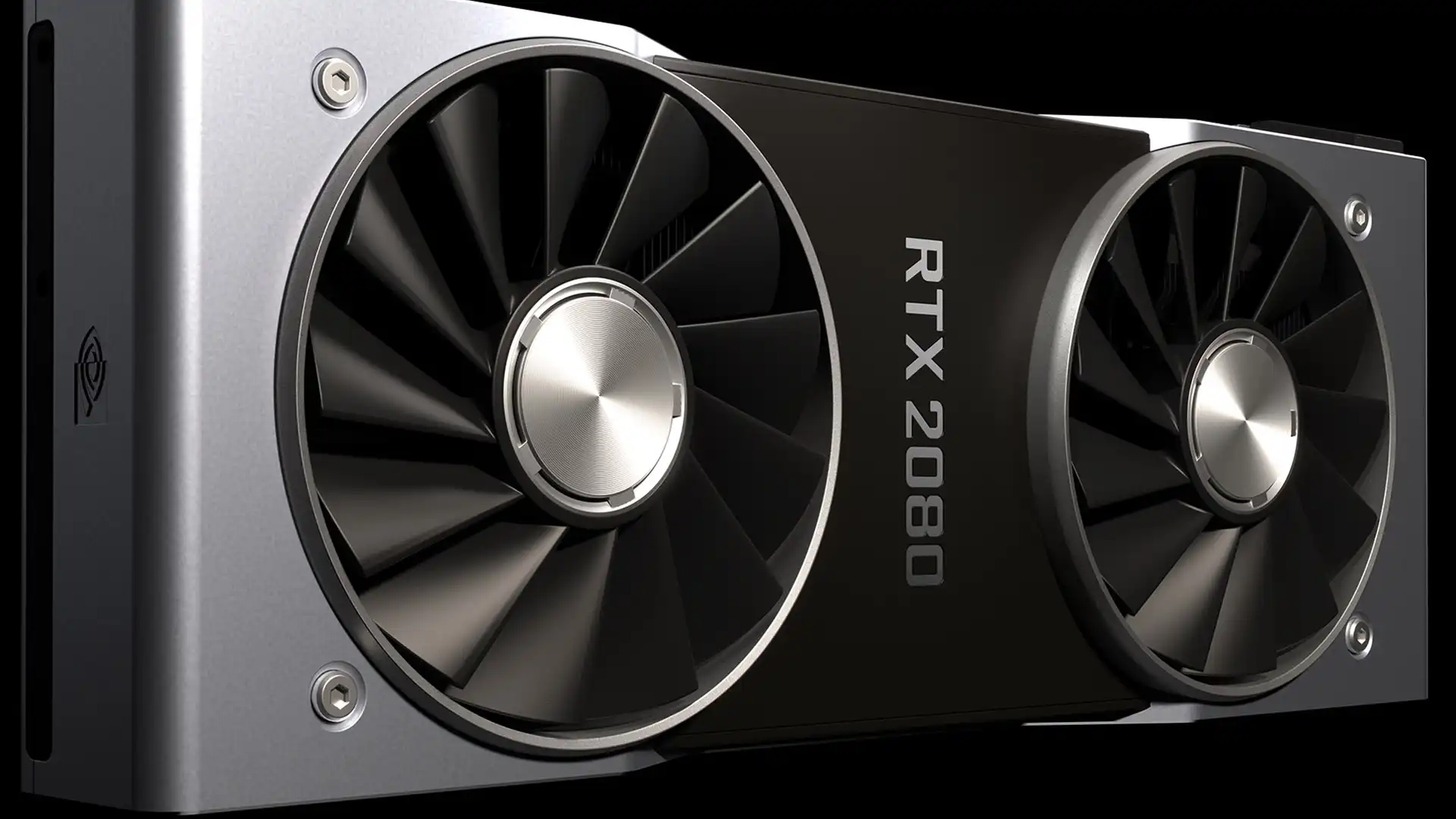The GeForce RTX 20-series was supposed to be a giant leap forward for PC gamers. Keith May breaks down how that really worked out in a new retrospective.
Some recent reports indicate that Nvidia is finally, truly done making GTX graphics cards, with the last GTX 16-series cards leaving the fab. Seven years after the company followed up its incredibly successful GTX 10-series with the rebooted RTX branding, how has the PC gaming landscape changed? Did ray tracing make the splash that Nvidia hoped for? PCWorld’s Keith May is here to answer those questions in his latest video essay on our YouTube channel.
The switch to the RTX 20-series and its follow-ups are famous (or infamous, if you prefer) for two things. One, Nvidia’s push for making real-time ray tracing and other advanced lighting part of the standard for gaming. And two, being really, really expensive — in some ways, the price of graphics cards is only now starting to recover from the big jump of the initial RTX cards and the crypto-fueled shortage that followed thereafter.
But Keith argues that it’s a more subtle technology that made a bigger impact. Nvidia’s Deep Learning Super Sampling, a more advanced version of software-powered upscaling, wasn’t a hit at first. In its debut version DLSS was a bit of a blurry mess, and gamers weren’t onboard with this attempt to enable ray tracing without the huge performance impact. But DLSS 2.0 and 3.0 have made huge improvements, to the point that ray tracing is attainable on a much wider array of hardware.
Competitors AMD and Intel were forced to create their own versions of high-powered upscaling (FSR and XeSS, respectively), and are still lagging behind by most measures. Considering the uproar when Bethesda’s Starfield launched without immediate support for DLSS, I think Keith’s position that advanced upscaling has been the real game-changer is easy to defend.




